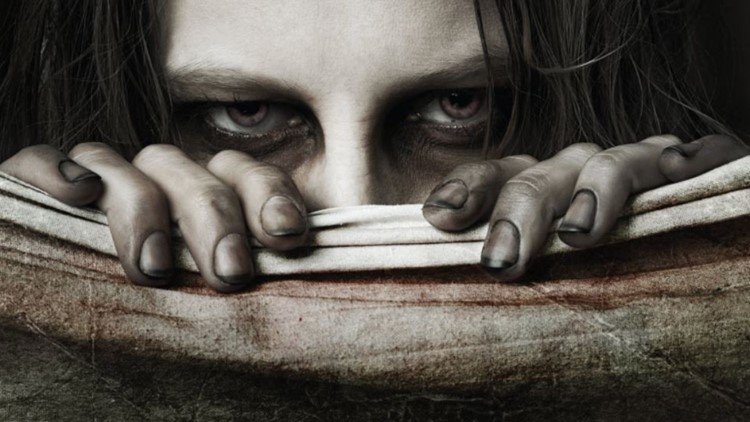MEMPHIS, Tennessee — Just when many people finally have put the ugly year 2020 in its rear view mirror, an ominous prediction --made almost 500 years ago-- for the year 2021 has the internet buzzing today.
French astrologer and physician Nostradamus began making prophecies around the year 1547. In 1555, he published a book called Centuries, which was comprised of rhymed quatrains grouped in hundreds. Each set of 100 was called a century. One of Nostradamus’ predictions for the year 2021 was this:
“Few young people: half−dead to give a start. Dead through spite, he will cause the others to shine, And in an exalted place some great evils to occur: Sad concepts will come to harm each one, Temporal dignified, the Mass to succeed. Fathers and mothers dead of infinite sorrows, Women in mourning, the pestilent she−monster: The Great One to be no more, all the world to end.”
Many are interpreting the “half-dead” remark to mean zombies and “all the world to end” as “apocalypse.” So, that's why today there is talk about a “zombie apocalypse” in the year 2021.
So, where does the Centers for Disease Control and Prevention (CDC) enter into the discussion? While they were not in response to Nostradamus' prediction, the CDC has resources regarding the zombie apocalypse on its website. Here’s what the CDC says on one page:
“Wonder why zombies, zombie apocalypse, and zombie preparedness continue to live or walk dead on a CDC web site? As it turns out what first began as a tongue-in-cheek campaign to engage new audiences with preparedness messages has proven to be a very effective platform. We continue to reach and engage a wide variety of audiences on all hazards preparedness via ‘zombie preparedness.’”


While the talk of a zombie apocalypse in the year 2021 may be new, the CDC has had a section about it for 10 years. The discussion turned to educating school-aged children for disaster preparedness.
“After the successful zombie preparedness campaign in 2011, an overwhelming number of educators requested zombie-themed preparedness activities for school-aged children,” the CDC says. “This website was created to help educators teach middle school aged children the basics of emergency preparedness and response using a fun, fictitious scenario.”
The site goes on to say, “All lessons posted on this website are fluid, and we appreciate any feedback as to what works and what does not work in practice. The information provided is not exhaustive, but a solid beginning on what it means to be prepared and how it affects students and their community.”
Finally, to take advantage of the popularity of graphic novels, the CDC offers their own graphic novel.
“CDC has a fun way of teaching about emergency preparedness. Our graphic novel, ‘Preparedness 101: Zombie Pandemic’ demonstrates the importance of being prepared in an entertaining way that people of all ages will enjoy. Readers follow Todd, Julie, and their dog Max as a strange new disease begins spreading, turning ordinary people into zombies. Stick around to the end for a surprising twist that will drive home the importance of being prepared for any emergency. Included in the novel is a Preparedness Checklist so that readers can get their family, workplace, or school ready before disaster strikes.”



